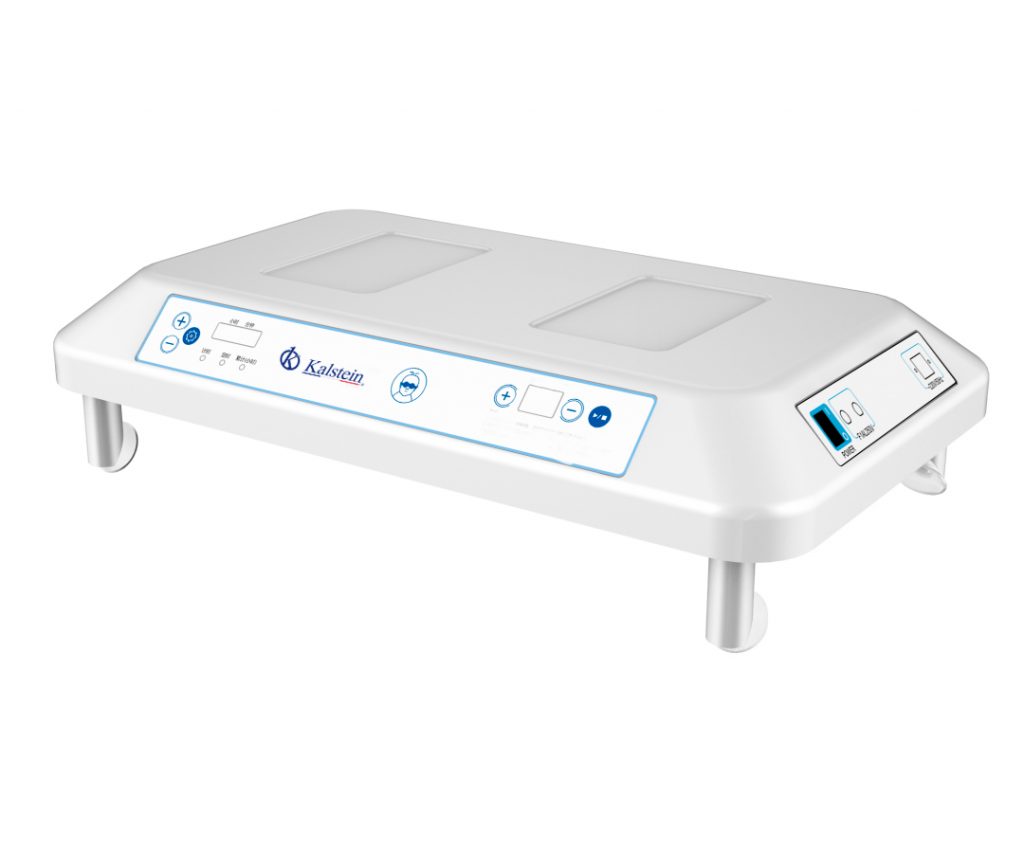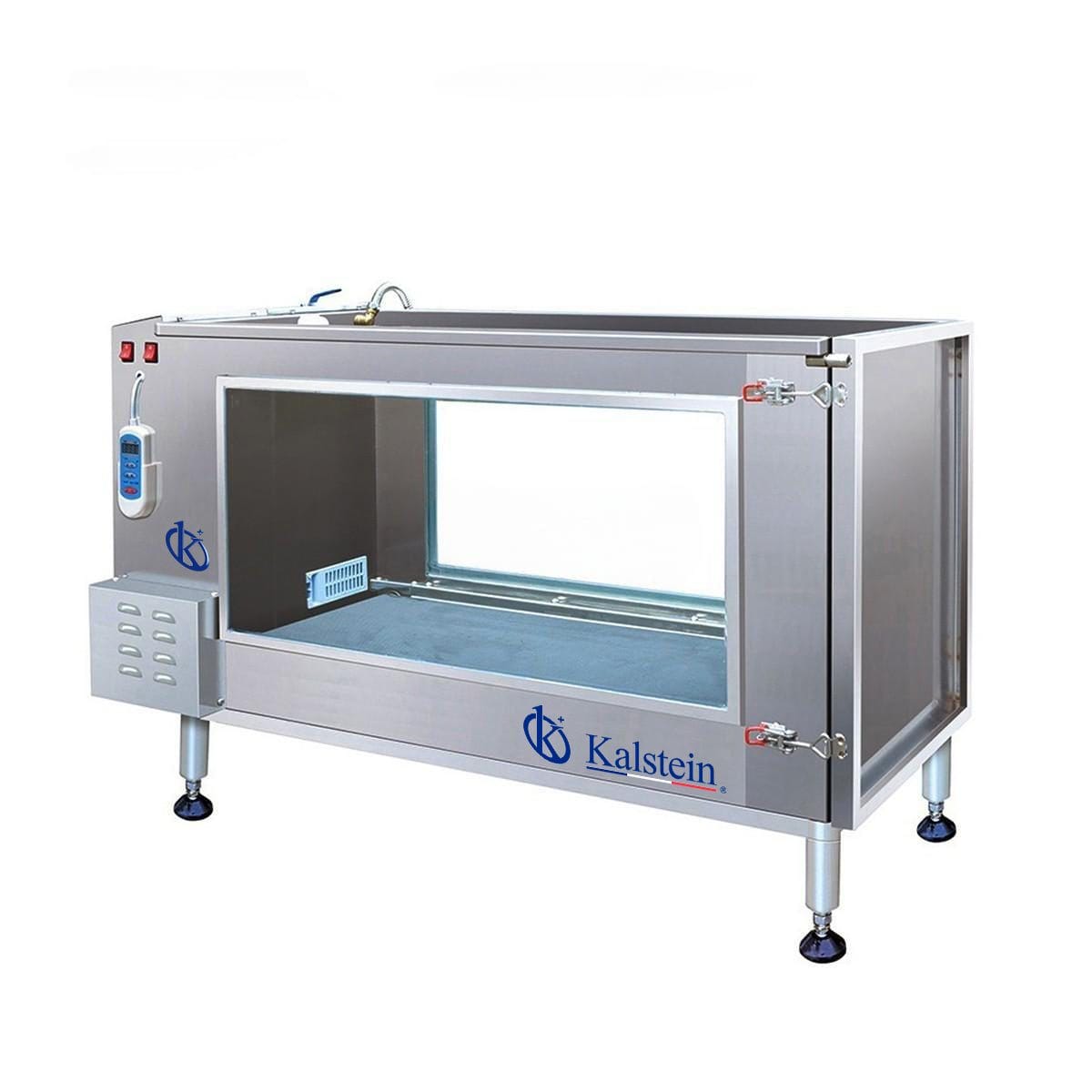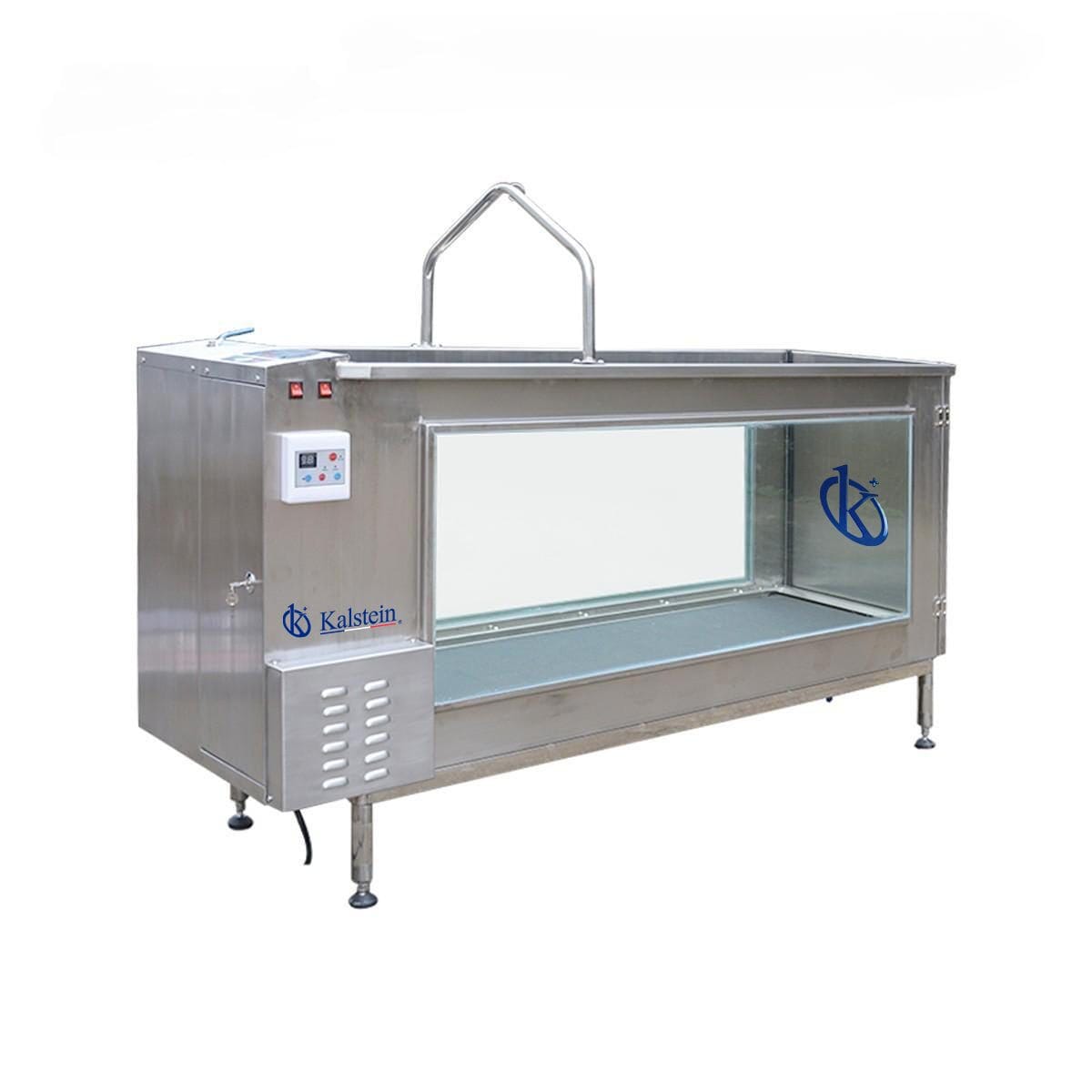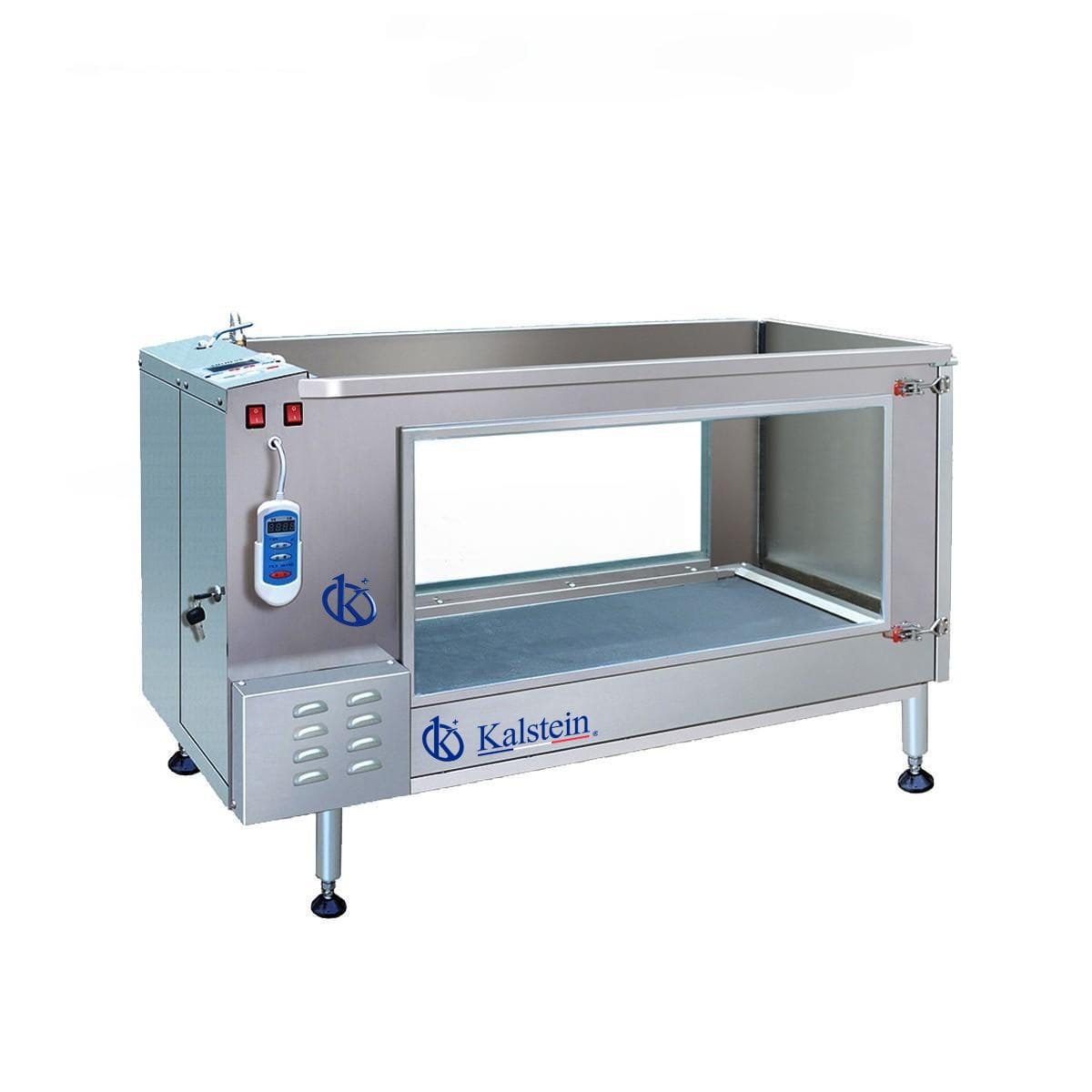An infant bilirubin phototherapy unit is medical equipment generally made up of 4 blue light tubes and 2 white light tubes, and a cover or shield that protects the newborn in case of tube breakage and ultraviolet light. The blue ones are placed in the center and the white ones on the sides. These phototherapy lamps are fluorescent and LED type bulbs used for neonatal treatment.
What is phototherapy?
Phototherapy is a therapeutic measure in which electromagnetic radiation, that is, light, is used for the treatment of neonatal jaundice, in order to reduce the severity of neonatal hyperbilirubinemia. Phototherapy reduces the levels of bilirubin in the capillaries and in the interstitial space, by transforming the bilirubin into water-soluble isomers that can be eliminated without conjugating in the liver.
The administration of phototherapy will depend on bilirubin levels, age of life, gestational age at birth, and clinical status of the newborn.
Factors that influence the efficacy of phototherapy
- Type of light (white, blue, green) the most effective is blue, which has a maximum power of 425,475 nm, this light penetrates well into the skin and is absorbed by bilirubin to the maximum.
- Light intensity or irradiation.
- Exposed surface area.
- Exhibithion time.
What is neonatal jaundice?
Jaundice is the yellowish coloration of the skin and mucous membranes caused by the accumulation of bilirubin. In the newborn, the increase in bilirubin is secondary, most of the time, to the destruction of red blood cells, whose quantity is much greater in the fetus to make the most of the scarce amount of oxygen present in the uterine environment.
Once a large number of these red blood cells are born, they are no longer needed, so a good part of them are destroyed, this generates a large production of unconjugated bilirubin, which passes into the blood and remains in the vascular bed.
How are phototherapy lamps used?
There are different types of therapeutic radiation. Narrowband UVA and UVB radiation. UVA is a radiation that reaches deeper, but in a less powerful way, which is why it needs a photosensitizing drug (that is, one that enhances the effect of UVA radiation): psoralen (Psoralen+UVA=PUVA).
UVB is a more superficial radiation but powerful enough not to need any accompanying drug. In the case of the treatment of neonatal jaundice, it is a simple technique that consists of placing a light at a distance of 30-40 cm from the bare body surface of the newborn after placing radiopaque glasses and removing any cream or lotion of the skin.
At Kalstein we are MANUFACTURERS and we offer you excellent infant phototherapy units at the best PRICES on the market and made with the highest quality. That’s why we invite you to take a look : HERE




